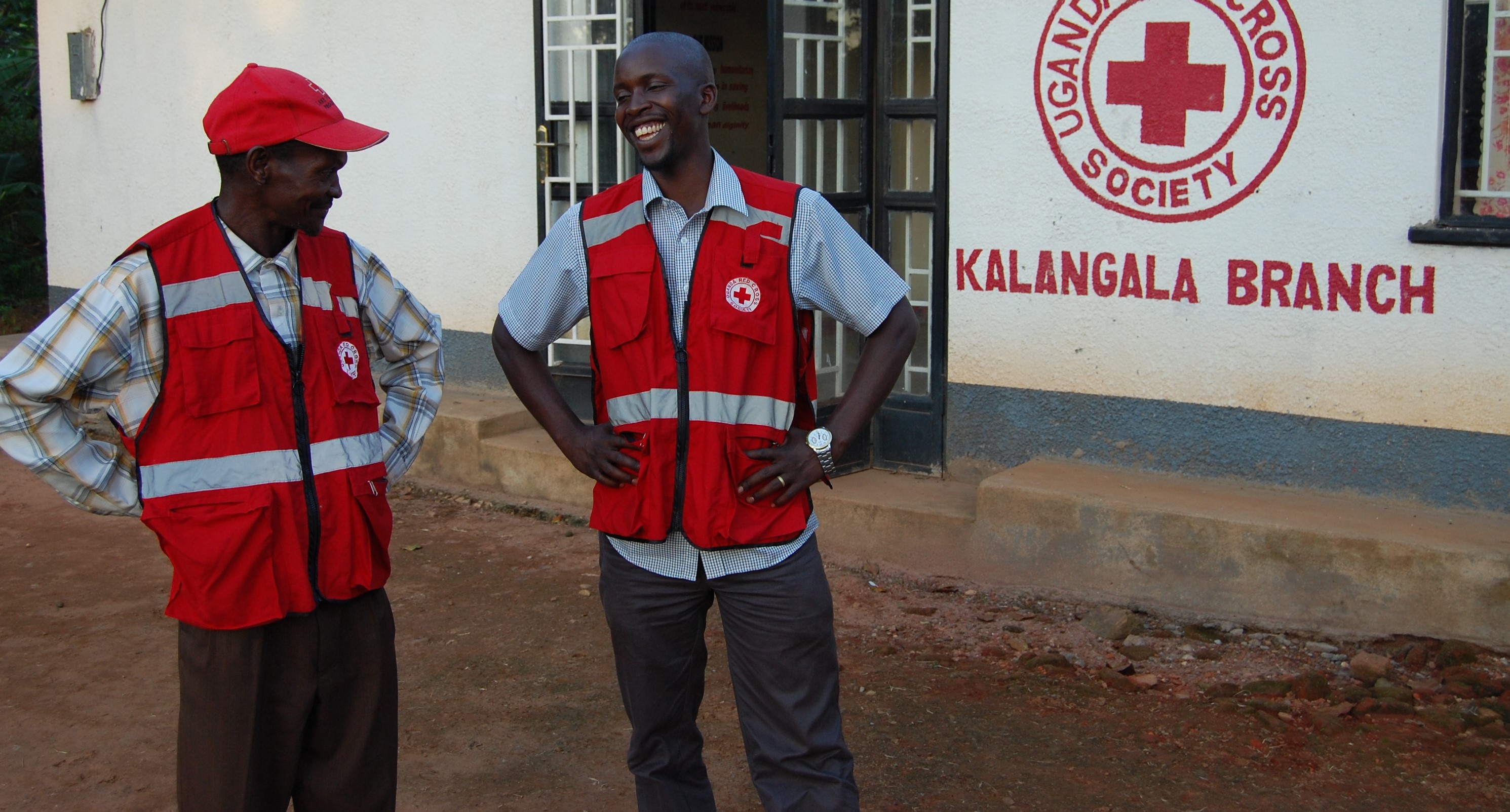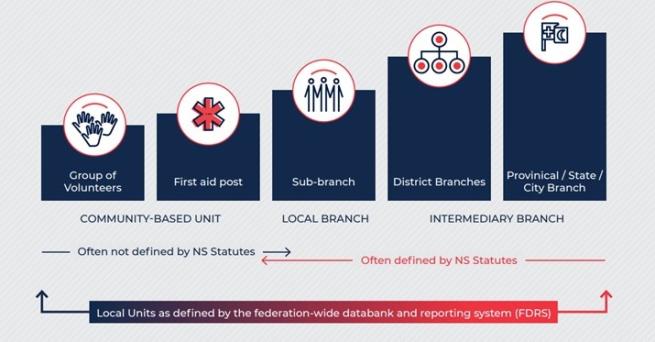
The second layer immediately after the National Headquarters is what we define as a “Branch” in the IFRC Branch Development Framework.
A Branch has its roles, responsibilities and relationships with the National Headquarters defined through National Societies’ Statutes, including its legal status (if any), the level of autonomy given in the particular area of mobilizing local resources and building local partnerships, and the decisions it makes.
It has a local-level decision-making mechanism through its Branch members, board and volunteers, equally defined through the National Societies’ Statutes.
Setting up Branches needs formal approval from the National Board, including clear procedures to open and close them.
A Branch may have additional structures affiliated to it, such as hospitals, blood donation centres, health posts, and warehouse and community-based units.
Depending on their size and role, there could be different types of Branches: an “Intermediary Branch” and a “Local Branch”.
These units role are not defined in the National Society Statutes.
While Branches are considered permanent structures, a Community-based unit can be temporary, linked to a timebound agreement or activity in a specific area, and have higher flexibility.
Sometimes these Branches are formed in accordance with the administrative boundary of the country.
While some Local Branches have paid staff to facilitate activities, a number of these Local Branches rely completely on volunteers to organize activities and deliver services.
Their primary role is one of support and coordination of Local Branches, and serves as a facilitator of decisions and conversations between the National Headquarters.
Such types of Branches are located in countries with large territories or populations.
